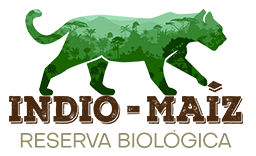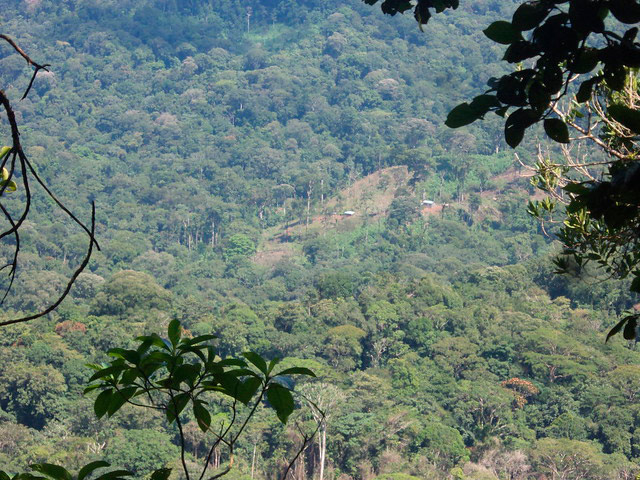Illegal logging for pasture
The interests on the reserve have evolved into a more powerful sector: large cattle ranchers, who have been buying tracts between 200 and 3,000 acres through local land dealers, paying prices that range between C$ 1,500 (US$ 48) and C$ 3,000 (US$ 95) each acre.
The areas that these ranchers deforest per year vary between 40 to 400 blocks, depending on the economic capacity that each one has. When they have established the pasture, they move the fattening cattle (steers) that after a few months they take out again to be sold.
From subsistence agriculture to extensive livestock farming
Much of this cattle found in the reserve is tagged, so it is part of the traceability process managed by the Institute for Agricultural Protection and Health (IPSA). We wonder if tagged cattle are allowed to graze in protected areas, the destruction of forest in protected areas will be contemplated in the criteria of traceability of cattle, what will exporting companies think of this?
What does the traceability process mean?
Traceability is understood as the set of those pre-established and self-sufficient procedures that allow knowing the history, location and trajectory of a product or batch of products along the supply chain at a given moment, through certain tools.



